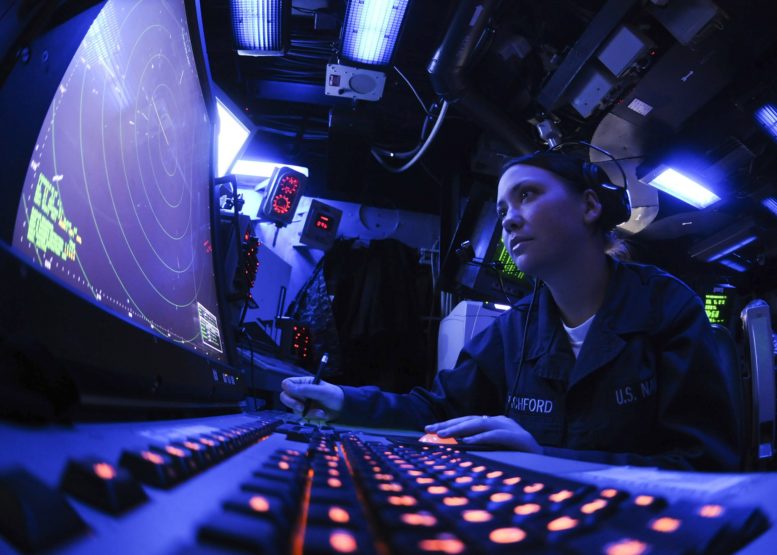PURPOSE OF THE ARTICLE
To relate to the Society of Naval Architects and Marine Engineers, local ship designer, or school of naval architecture, two of the elements of Naval Surface Combatant Shipbuilding are the identification and control of the level of signature threshold of the ship in order to reduce vulnerability, and enhance survivability in the modern war at sea.
This will also provide an answer to the suggestion of the local shipyard community, which has been quite open, that the Philippine Government should avail of the capability of the local shipyard and build naval surface combatant ships for the Philippine navy in lieu of engaging contracts to foreign shipyard.
If and when the government finally decides to do so, what the local shipyard and ship building and ancillary know firsthand is to be adequately prepared and capable for such a decision — to undertake the building of a naval surface combatant ship for external defense.
OBJECTIVE OF THIS ARTICLE
To relate to the local shipyards that one of the important elements of naval surface combatant shipbuilding is the identification of the Electromagnetic Spectrum to reduce ship vulnerability and enhance survivability.
ELECTROMAGNETIC SPECTRUM
It is a collective term from all known frequencies in their linked wavelength for all known photons or electromagnetic radiation emitted or absorbed by that particular object. The electromagnetic spectrum can cause the object to be absorbed by the sensors against a target, which has the same purpose — to deny the effective use of electronic warfare spectrum, which can be directed to lock-on to the signature threshold of the target either by air, surface or sub-surface.
It is interpreted in terms of signature threshold that serves as the footprint of the ship, which can be detected by sensors of the hostile forces at sea.
The signature threshold reveals the identity of the ship, and hostile forces can make use of such data to their advantage.
The electronic surveillance sensors either by air, surface, or sub-surface, can easily detect the signature threshold, even beyond the horizon by an air-borne sensor.
CLASSIFICATION OF SHIP SIGNATURE THRESHOLD
- Infrared Signature (IRS) – depends on:
- The appearance of the target to infrared sensors;
- Shape and size of the target;
- Temperature and emissivity reflection;
- Waveband of the detecting sensors;
- Contrast radiant intensity (CRI);
- Anti-ship missiles (ASM) and surface-to-surface missiles (SSM) can lock-on to the infrared signature of the target.
- Radar Cross-Section (RCS) Signatures – depends on:
- How detectable an object is with a radar;
- Materials of which the target was made;
- Absolute size of target in relation to the wavelength of the illuminating radar;
- Cross-sectional area of the hull and superstructure above waterline;
- Ships and aircrafts can be detected. Surface-to-air missile (SAM) and ASM can lock-on to the radar signature of the targets when all the sensors and other electronic equipment are operating at the same time at peak load and at the same frequency.
- Acoustic Signatures (AS)
- Describe the acoustic emission of sound emitters;
- Machinery noise, propeller blades and shaft, fuel pump, air conditioning;
- Cavitation from propeller and gas bubbles;
- Hydrodynamic noise generated from ship movements;
- Torpedo guidance system: acoustic homing torpedo can detect acoustic noise in excess of 10 km. The system emits sound pulses that reflect off objects, and then back to the system.
- Magnetic Signature (MS)
- Ferromagnetic material properties of the ship’s hull contributes to static magnetism;
- Earth magnetic field can disturb increased detection as well as threats from a sea miner within approximate radius of 50 meters.
- Pressure Signature (PS)
- Pressure signature of the hull depends on the square of ship speed (velocity), size, displacement, hull-form, and depth of water;
- Pressure sensors activate the firing device of sea miners from a change of high pressure to low pressure when the ship is above the mines;
- A ship in transit can create a pressure change.
VARIETY AND CHARACTERISTICS OF HOSTILE STRIKING WEAPONS WITH ELECTRONIC WARFARE GUIDEANCE SYSTEMS
Harpoon Anti-Ship Missiles
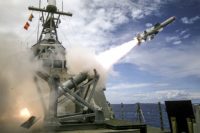
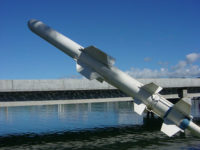
Exocet Anti-Ship Missiles


Sea Skua Anti-Ship Missiles
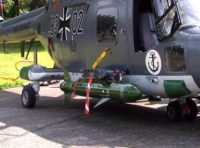
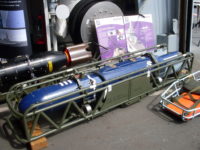
Styx Anti-Ship Missiles
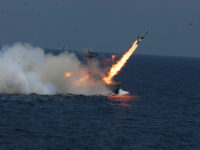
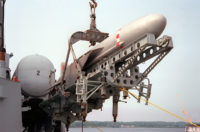
White Head Anti-Ship Torpedoes
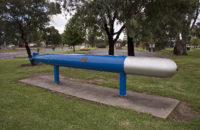
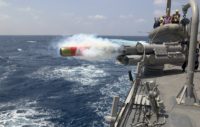
Anti-Ship Mines
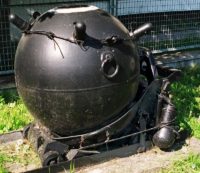
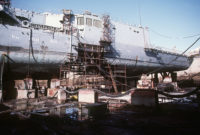
APPROXIMATE COMPARATIVE LETHALITY OF ANTI-SHIPPING WEAPONS

MEASURES TO AVOID HOSTILE STRIKING WEAPONS, AND ENHANCE SURVIVABILITY
- Naval Architectural Design
- Radar Cross Section (Low RCS)
- application of absorbent paint;
- smoothen surfaces;
- especially angle surfaces to reflect signal in different directions.
- Infra-Red Signature (Low IRS)
- water wash on hot surface;
- mist water;
- special paint;
- exhaust system below water line.
- Acoustic Signature (Low AS)
- acoustic quieting;
- reduce propeller cavitation;
- vibration dumper of shafting and marine engine;
- minimize underwater hull hydrodynamic noise;
- fit anechoic tiles to the hull.
- Magnetic Signature (Low MS)
- install degaussing current circuit;
- deform the hull and removal of magnetic properties acquired during construction.
- Pressure Signature (Low PS)
- ship design of hull must have a low displacement like a CATAMARAN;
- slowing down in suspected minefield area.
- Employment of Decoy, Chaff, Noisemaker, Soft Kill Method of defeating the Target in the Air or Underwater
- Confusion defense – gives false information about our force’s position and strength before battle, at a distance of 10-14 km.
- Distraction defense – is used while the missile is in search mode of the target, before locking-on to the ship for target homing approach, at 1-2 km before locking-on to hostile sensors.
- Seduction defense – is employed when the anti-ship missile sensors are locked-on a target ship, at a distance of 150-500 meters using large chaff greater than the signature threshold of the ship; jammers will deflect the missile away from the ship.
- Noisemaker – emits greater acoustic signature from the ship signature threshold. Distracts torpedo away from the ship, at a distance of 10-14 km.
- Guidance system – ability of a missile to lock-on and home in on a target, capitalizing on the signature threshold effect of the electromagnetic spectrum.
- Closed-In-Weapon System. This is a rapid-firing gun that can defeat and destroy sub-sonic/high-G maneuvering attacking target in the air by hard kill method.
- Electronics Radar Jammers. Counter-measures that intervene with the hostile electronic warfare system and disrupt communication receptions.
The era of electronic warfare started during the Falkland War between Argentina and Great Britain in 1981.

Employment of Decoy, Chaff, Noisemaker, Soft Kill Method of defeating the Target in the Air
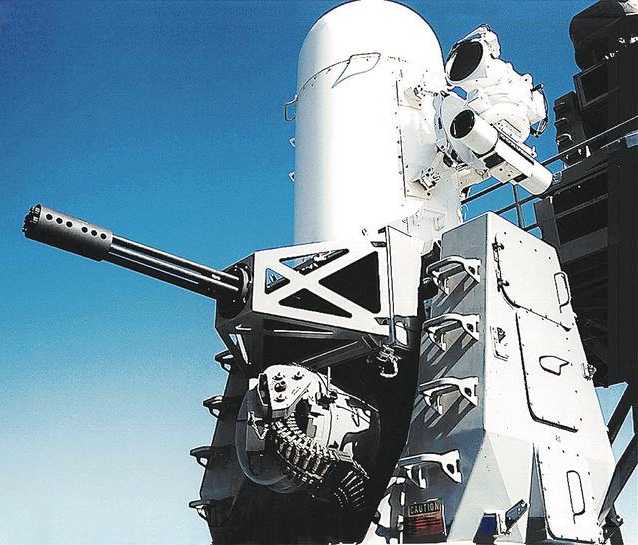
Phalanx Block 1B Close-In Weapon System. Source: US Navy
CONCLUSION
Being equipped with electronic warfare capability is a must on surface warfare of combatant ship. Without such capability is tantamount to defeat at sea.
References:
- EMC Studio/EMCoS Antenna VLab
- A.M. Birk, Department of Mechanical Engineering, Queens University, Ontario, Canada
- RCS in Radan Range Calculation of Maritime Target by Ingo Itarre, Breman, Germany
- Phalanx Block IB, Raytheon, USA
- Rafael Advance Defense System Ltd. Expendable ECM, Israel
- Harpoon Anti-Ship Missiles, Mc Donnel Douglas, USA
- Exocet, Aerospatiale, France
- Sea Skua, Brittish Aircraft Corporation (BAC), United Kingdom of Great Britain and Ireland
- Penguin SAM, Kongsberg Gruppen Norway
- Otomat MK2 SAM, Italy
- Styx, Soviet Union Raduga Design Bureau, USSR
- Silkworm, Hai Ying or HY Series China
- Sea Mines, Bureau of Ordnance, UK
- Whitehead Torpedo, Torpedofabrik Whitehead and Co. Austria, Hungary
- Capt. Winston Arpon PN (Ret), Maritime Review Magazine

Capt. Tomas D. Baino PN (Ret)
Naval Architect, PRC Reg. 222
Capt. Tomas B. Baino PN (Ret.) is a Naval Architect, Member of the Society of Naval Architect and Marine Engineers (SONAME) and a Consultant for Naval Sea Systems Research. He attended training at Blomh and Voss, a German Shipbuilder in Hamburg, Germany, building Frigates and Destroyers of Meko (Modular Construction) Design. Thereafter, he acquired further training and experience ship survivability and seakeeping analysis at the Hydrodynamics Laboratory of the United Kingdom Defense Evaluation Research agency (DERA) in Southampton and Hasslar United Kingdom of Great Britain under the sponsorship of UK Ministry of Defense, and Electronic Warfare training STN Atlas of Bremen, Germany and INDRA in Madrid, Spain.
As Commander of the Naval Shipbuilding Facility of the Naval Sea Systems Command of the Philippine Navy, he worked with the Technical Assistance Team (TAT) of the Navy Division, Joint US Military Advisory Group Technician and Engineers from Pearl Harbor Shipyard and Calderock Small Combat Craft in Virginia USA. During his tenure, the Naval Shipyard undertook the co-production of 21 units of 78 Aluminum Hull patrol gunboats – presently the workhorse of the PN in internal defense – from Halter Marine of New Orleans, USA: the first 12 units built in USA, the second by AG&P in Batangas and the last one built in the Naval Shipyard in Cavite City. Other of his projects include the Patrol Craft Escort (PCE) retrofit program and the re-engine project of the three PN capital ships.
